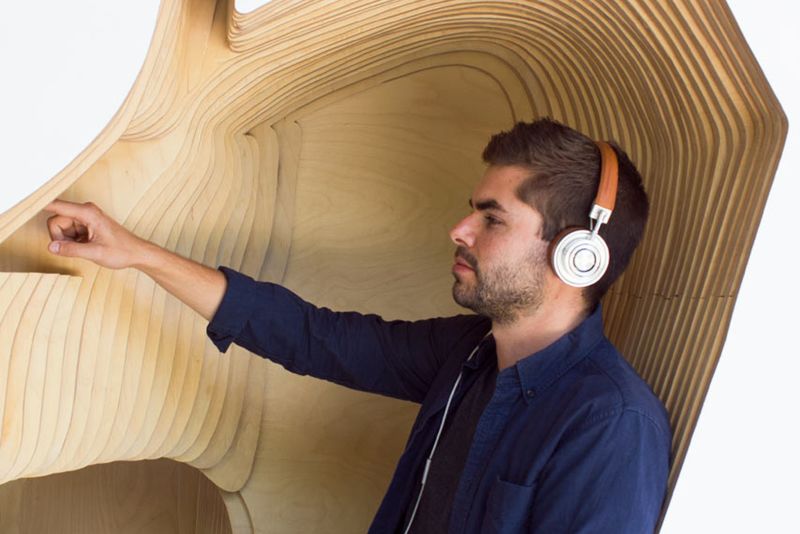
It started with sustainability - a desire for companies to ‘go green’ in a bid to save money and give the environment a helping hand.
Now, the focus has shifted to wellbeing, a philosophy that’s moved from keeping trees happy to keeping people happy.
Why all this talk about wellbeing?
As society has shifted towards affluence, we’ve moved from dreaming about acquiring objects to taking them for granted. The experience economy has turned ‘amazing’ into ‘expected’ and our increasingly connected world has expanded our worldview.
We only need to look at Maslow’s Hierarchy of Needs to understand that now our basic and psychological needs have been met, we’ve turned to self-actualisation and achieving one’s full potential. Although self-actualisation isn’t about treating illness (something which sits under ‘basic needs’), for many, it’s about reaching peak physical, mental and emotional performance.
Hence the introduction of ambient wellness - health-boosting features seamlessly embedded into the work environment. Ultimately, people want to be healthy, but lack the motivation to get themselves there. According to research from the Mayo Clinic, fewer than 3% of Americans meet the basic criteria for a healthy lifestyle, which includes regular exercise and not smoking.
“Detailed analysis of a wide range of research studies has suggested that there are 11 key factors for increasing wellbeing to boost performance in general.”
ACAS, the Advisory, Conciliation and Arbitration Service
Businesses are starting to recognise this desire for integrated wellness in their spaces. With the rise of stress-related illnesses and longer working hours - 13% of the UK working population work more than 49 hours a week - wellbeing is seen as more vital than ever.
In 2015/16, 11.7 million working days were lost thanks to stress, depression or anxiety. And in 2015, stress accounted for 37% of all work-related health cases.
Starbucks recently partnered with Philips to transform four of their branches into EnergyUp cafés by using EnergyUp lamps. By mimicking natural daylight, these lamps are designed to have a mood-lifting, revitalising effect after just 20 minutes.
And in LA, meditation app Headspace worked with a local architect to install meditation pods around the city. Their aim is to place them in airports, schools, parks and stations.


Why does wellbeing matter?
Although the benefits of wellbeing in the workplace are hard to track, they’re clear to see. In fact, there’s a whole host of benefits: productivity increases, healthcare costs go down, fewer employees leave, and recruitment and retention are both helped when a company focuses on the wellbeing of its employees. In fact, for many companies, it’s non-negotiable when it comes to keeping people on the books. Wellbeing is so important, recent studies show that workers would rather have work-life balance than a pay rise.
The role of a building
Many elements of wellbeing come down to individual companies and their culture. In addition to the importance of company culture, the building itself has a big role to play. In fact, the physical workplace is one of the top three factors affecting job satisfaction.
The people behind The WELL Building Standard have this to say: “Our built environment has a profound impact on our health, wellbeing and productivity...[it] can shape our habits and choices, regulate our sleep-wake cycle, drive us towards healthy and unhealthy choices, and passively influence our health through the quality of our surroundings”.
As HKS Architects’ COO Kirk Teske says, “Those of us in the architectural profession have a greater ability to improve public health than those of us in the medical profession”.


